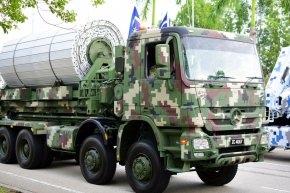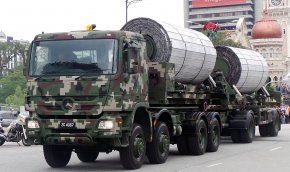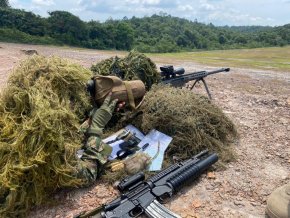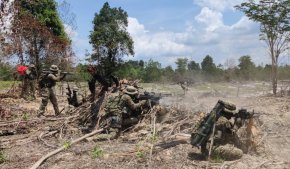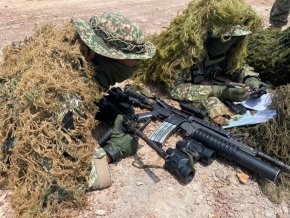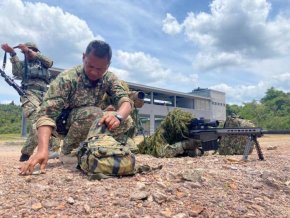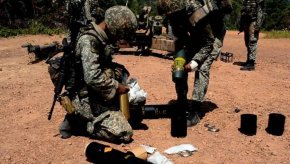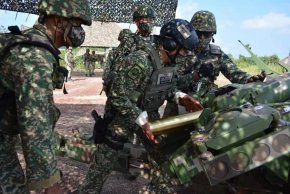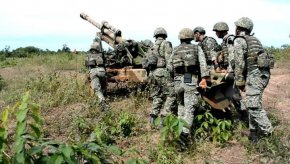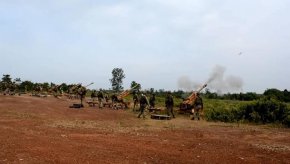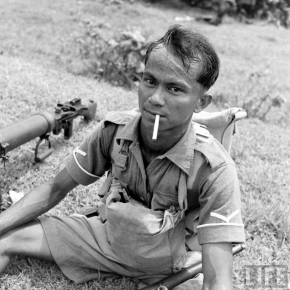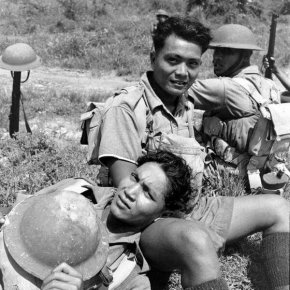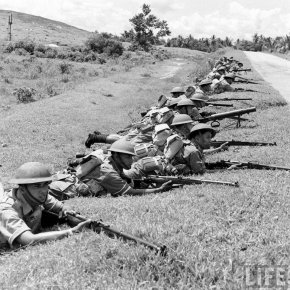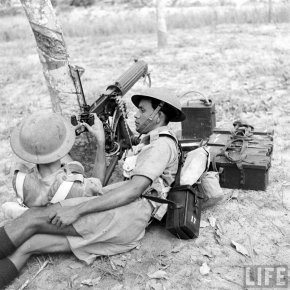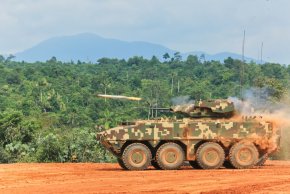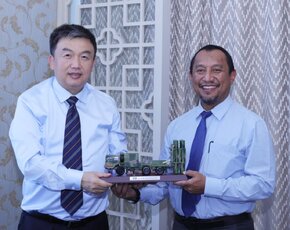Thanks for the update — I have a lot of respect from the professional approach of the MAF military leadership; I hope that FPDA ties will continue to moderate tensions or limit the scope of escalation should a period of troubled peace re-occur, due to decisions of certain politicians.
Being neighbours means there will be tensions at times but if we keep the bigger geo-political picture and competition of the superpowers in mind, there will still be scope for bilateral cooperation at a military-to-military level for the MAF and the SAF.
In 2021, the Chinese Coastguard is willing to fire warning shots, by 2031, they will be willing to fire at Malaysian ships. Malaysian politicians better think carefully about the nature of their relationships with immediate neighbours, with more modern military assets, in the decade ahead — who may or may not be willing to help should the need arise.
The first trials of the Nexter LG1 were recently conducted. These were ordered to replace 10 Para Brigade’s Model 56s.
The on-going artillery modernisation of the Malaysian Army’s 1st Royal Artillery Regiment will ensure accurate and timely fire support. This will make any attempt at Lahad Datu 2.0 not attractive to the men of Jamalul Kiram III's faction. The BACARA compact portable ballistic computer (for use at battery level) supplied with the LG1 Mk III Light Guns will speed-up fire support. The more accurate the fire support, the less ammo you need to expend, reducing the logistics tail.
If that unlikely event of a repeat Sabah intrusion occurs, I believe that it is probable that both Australia and Singapore stand ready to provide ISR, naval logistics and heli-lift support to the MAF, in solidarity with your country, as Dr Ng said in 2013. The goal is to offer relevant capability gap coverage that your country may want.

